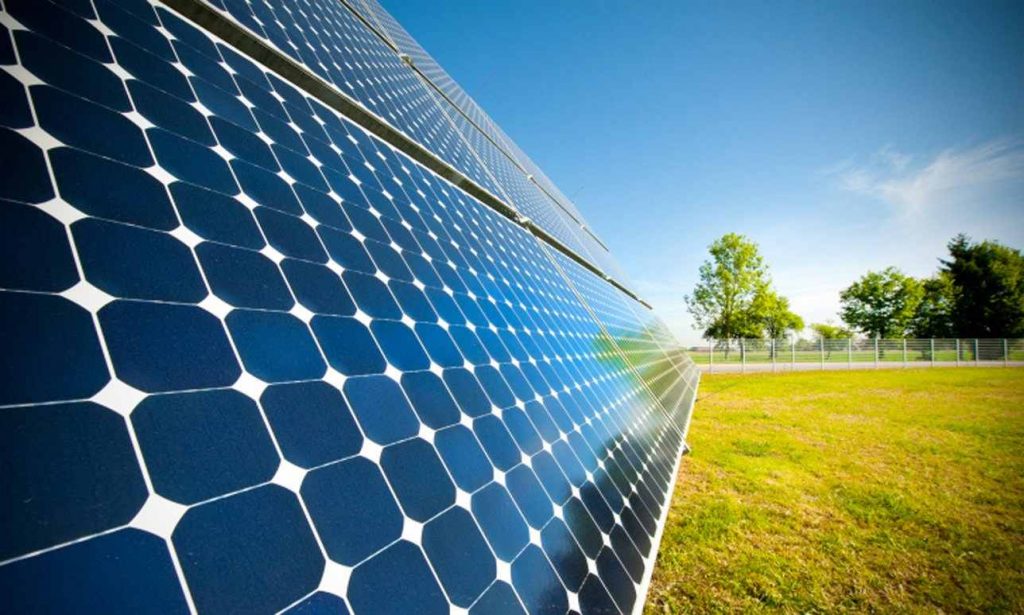Over the past 10 years, houses with solar panels on the roofs have gone from curiosity to everyday life. In this article, we will look at some important issues that concern investing in solar panels.
Location
The location of your home has a big impact on your solar energy efficiency. Shadows of tall trees and huge buildings will be a problem. Therefore, be sure to consult with a specialist first: a realtor or contractor. This can be an independent entrepreneur, the main thing is that the specialist has an appropriate qualifications and can present a construction manager resume or a certificate of a construction-related specialty. Since the use of solar panels is not very common now, it will be difficult to find a private specialist. The best solution would be to consult your supplier. Be sure to read the reviews about the company and check the availability of all the necessary certificates, as well as a resumes of the leading employees. At https://resumesbot.com/ you can see samples of all resumes.
Different types of panels react differently to shadows. While polycrystalline panels can significantly reduce the energy output, then any shading of a small part of a crystal panel will stop the production of electricity completely. Thus, in order to build a house on solar panels, it is necessary to make sure that there is no shadow on the panel along the roof area during sunny hours (usually from 10 am to 2 hours).
Achieving the greatest efficiency can mean pruning or removing trees completely in your area. If your home is surrounded by tall buildings that block the sun from the roof, this is a much bigger problem.
Insolation
Sunlight plays a key role when it comes to solar energy, and not all regions have equal conditions in this regard. It is important to know how much sunlight reaches the ground in the area where your potential sunny home is located.
Insolation is a measure of how much solar radiation falls on the earth in a given area in a given period of time. This is usually measured in kW / square meter per day, and it will show you how much sunlight will be available for your solar panels. The higher the insolation value in your area, the more electricity each of your panels will be able to generate. A high insolation value means that you can get more energy from a smaller panel area. A low insolation value means that you will end up spending more to achieve the same power output.
So you have to build your solar-powered house in the southwest, and not in the northwest? Not at all. It just means that you will need more panels to achieve the same power output.

Coverage area
Contrary to what most people think, the size of a solar power plant has nothing to do with the size of a house.
Instead, only two parameters should be considered:
- insolation that we just discussed
- how much energy do you need in the end
To get a very rough estimate of what size system you need, look at your approximate calculation of energy efficiency and you will find out how much electricity you use per day.
An average house uses about 900 kW / h per month, or about 30 kW / h per day. Multiply this by 0.25. We get the 7.5 that we need for the system.
A typical solar panel generates up to 120 watts, or 0.12 kW per day. To provide 7.5 kW, you need about 62 panels. One panel can be approximately 142 by 64 centimeters, so 62 panels will occupy approximately 65 square meters.
You should also take into account insolation and how many hours of intense sunlight you get per day, and also make adjustments if you use batteries with panels. Therefore, it is best to seek the help of professionals.
Using alternative energy for the needs of mankind is a really big technological leap. Today, every homeowner can independently assemble and connect a solar power station that supplies electricity to the house. Given the payback and environmental friendliness, this is a practical and effective solution.